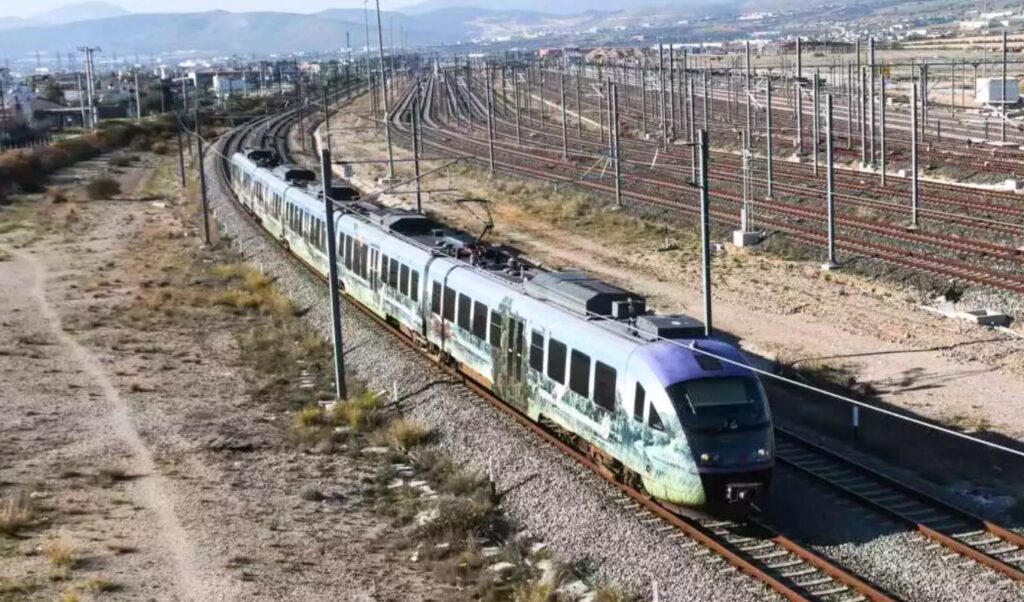The Ministry of Infrastructure has submitted a bill to Parliament regarding the railway system titled “Upgrading railway safety, railway personnel evaluation, strengthening railway network supervision, organizational reinforcement of the Railway Regulatory Authority, the National Investigation Body for Railway Accidents and Hellenic Railways S.A. and other provisions”.
This bill represents a critical step towards modernizing and securing Greece’s railway system, addressing accumulated weaknesses while establishing a new era of responsibility, transparency and technological adequacy.
Three fundamental pillars
According to the presentation by Deputy Minister of Infrastructure and Transport Konstantinos Kyranakis, the bill is organized around three fundamental pillars:
1. Upgrading safety structures and technological supervision of the railway network
Establishment of a Unified Supervision Center, which will operate as a “control tower” for the railway system, with real-time monitoring capabilities for the entire network, immediate recording of commands and incidents, and activation of train immobilization mechanisms in case of danger.
Mandatory installation of cameras in train driver cabins, station offices and critical infrastructure, as well as automated supervision software.
Digital information platform Railway.gov.gr, with integrated geolocation via HEPOS (accuracy up to 5 centimeters) and real-time display of each train’s position.
Establishment of a Digital Railway Data Registry and electronic alert system for Traffic Regulation violations.
2. Implementation of new safety mechanisms, compliance with the European framework and stricter training, evaluation and sanctions for railway personnel
· Mandatory psychometric, medical and functional tests for all employees in critical roles, in cooperation with the Armed Forces.
· Establishment of the Train Supervisor position, with the role of train director, intervention capability and immobilization authority in case of driver violation or incapacity.
· Violation categorization system and behavioral monitoring for each employee, with removal capability and, in case of company negligence, operating license suspension.
· Compliance with European framework through incorporation of Directive (EU) 2016/798 on railway safety.
3. New corporate structure for OSE and organizational strengthening of critical bodies
Transformation of OSE into “Hellenic Railways S.A.”, with administrative and economic autonomy, flexible hiring procedures and capability to attract executives from the private sector or abroad.
Organizational strengthening of the Railway Regulatory Authority (RRA) and EODAASAAM, with rapid staffing and establishment of a Special Inspectors Unit.
Implementation of a Unified Railway Accident Response Plan, involving all stakeholders, public and private.
With this draft law, the Ministry of Infrastructure and Transport takes a substantial step to change what has been holding back Greece’s railway system. The goal is to operate with rules, rely on modern tools and provide greater safety and transparency on every journey.




